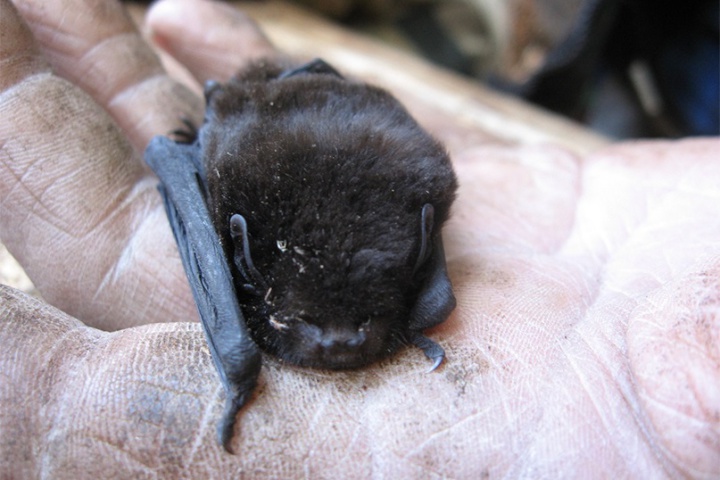Hamilton’s Beloved Bat Wins Bird Of The Year
Hamiltonians woke yesterday to the news that the winner of the famous Bird of the Year competition is the city’s beloved long-tailed bat (pekapeka-tou-roa).

After making waves as the only mammal to enter Forest and Bird’s avian contest, the humble native bat has won hearts and minds across the country.
Hamilton City Council is thrilled with the win and say that increasing the profile of the pekapeka-tou-roa is critical to their survival. The long-tailed bat is a nationally critical threatened species, which is the highest threat ranking.
“It’s wonderful to see our native bat get the recognition and love it deserves” says Councillor Gallagher, Chair of the Environment Committee.
“Hamilton is unique as it is one of only a few urban environments in the country with long-tailed bat populations living in the city.”
Council has a special relationship with these fantastic furry creatures and has monitored their behaviour with Waka Kotahi NZ Transport Agency, through research during the design phase for the Southern Links transport network in Peacocke.
Karen Saunders, the Council’s Growth Programmes Manager says our work in Peacocke is Hamilton’s biggest investment in growth while representing a significant opportunity to enhance and protect our environment including its native inhabitants.
“We’ve recognised the pekapeka-tou-roa as a toanga (treasure) of our city that we need to protect now and safeguard for future generations as Hamilton grows.”
The infrastructure investment in Peacocke has meant increased protections for the bats including pest control to reduce bat predation, restoration and protection of their natural habitat and the introduction of 80 artificial bat roosts, or bat boxes.
Bats have specific requirements for where they roost, requiring old-aged trees with cavities in them. Council monitoring shows that the bats are making use of the introduced bat boxes.
“We’re taking action now to enhance the local ecology including bat habitats in Peacocke, while making sure our plans for the area continue to protect and enhance our natural environment,” says Saunders
Bats are sensitive to artificial lighting from urban development. In the proposed Peacocke Structure Plan, provisions have been set out that require buffer zones between buildings and significant bat habitats to manage the effects of artificial lights from the development and ensure lighting doesn’t interfere with their natural behaviour.
“Introducing ecological corridors or ‘bat highways’ are another part of the plan to protect the pekapeka-tou-roa. This allows them to move safely between their habitats in the Peacocke area as well as other areas in the city.”
Council hopes the long-tailed bat’s fame keeps momentum after its Bird of the Year win.
Once complete, the Peacocke area is set to be one of Hamilton’s most nature-focused neighbourhoods. Work is ongoing in Peacocke and across the city to plant trees, restore gullies and wetlands, and bring back nature in the city.
For more information about long-tailed bats and what you can do to protect them, visit Project Echo.


 NZEI Te Riu Roa: Harmful And Outdated - Government Standardised Testing Move Is Dangerous
NZEI Te Riu Roa: Harmful And Outdated - Government Standardised Testing Move Is Dangerous Athletics New Zealand: Sam Ruthe Smashes Four-Minute Mile Barrier, Makes History In Auckland
Athletics New Zealand: Sam Ruthe Smashes Four-Minute Mile Barrier, Makes History In Auckland University of Auckland: Government Stuck In The Past With ‘Relationship And Sex Education Guidelines’
University of Auckland: Government Stuck In The Past With ‘Relationship And Sex Education Guidelines’ Howard Davis: Circa Theatre Needlessly Reimagines Noël Coward’s Blithe Spirit
Howard Davis: Circa Theatre Needlessly Reimagines Noël Coward’s Blithe Spirit Christchurch Cathedral: Christ Church Cathedral Exhibition “A Love Letter To The City”
Christchurch Cathedral: Christ Church Cathedral Exhibition “A Love Letter To The City” Hastings Meatball Festival: Unbelievaball Turnout And Second Year Confirmed For Hastings Meatball Festival!
Hastings Meatball Festival: Unbelievaball Turnout And Second Year Confirmed For Hastings Meatball Festival!